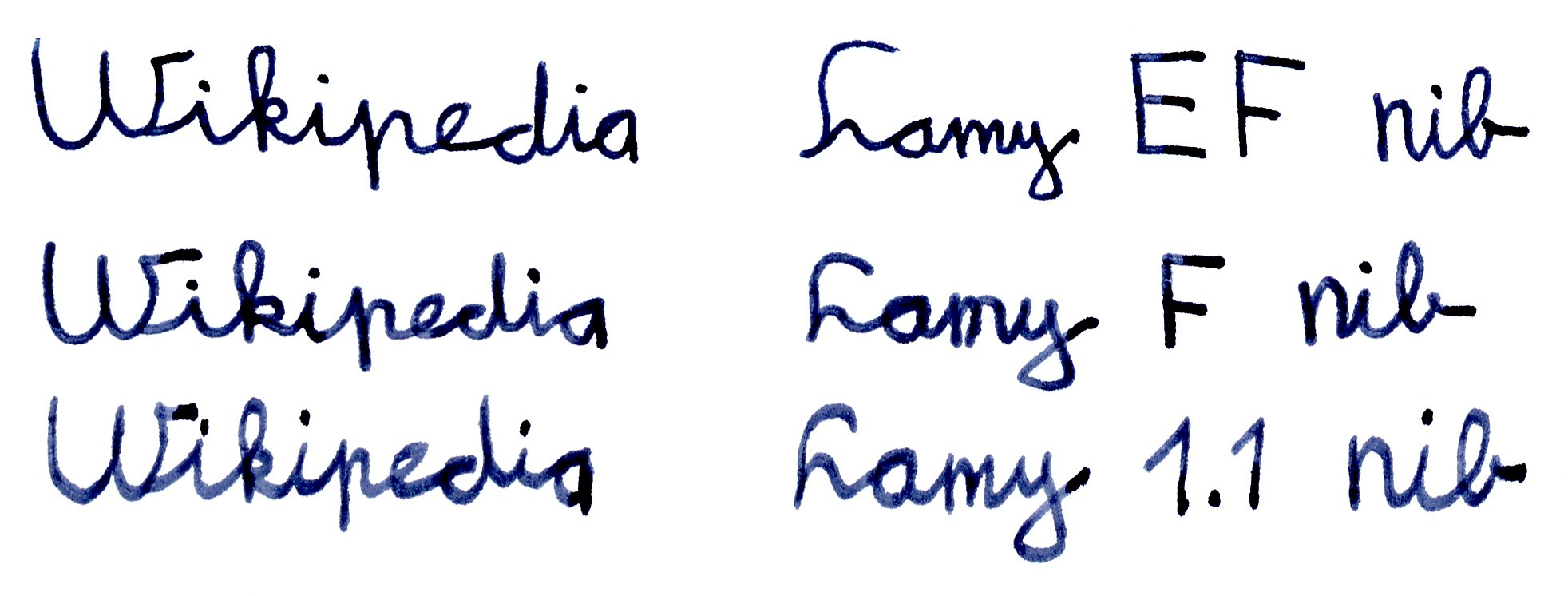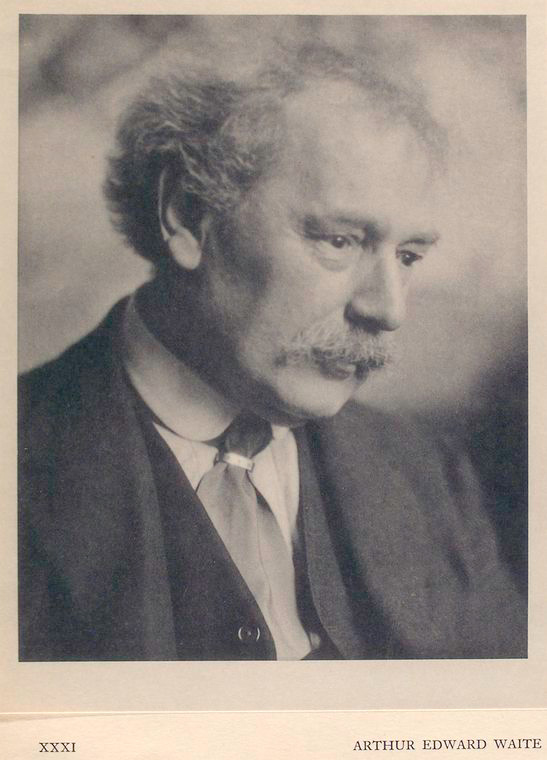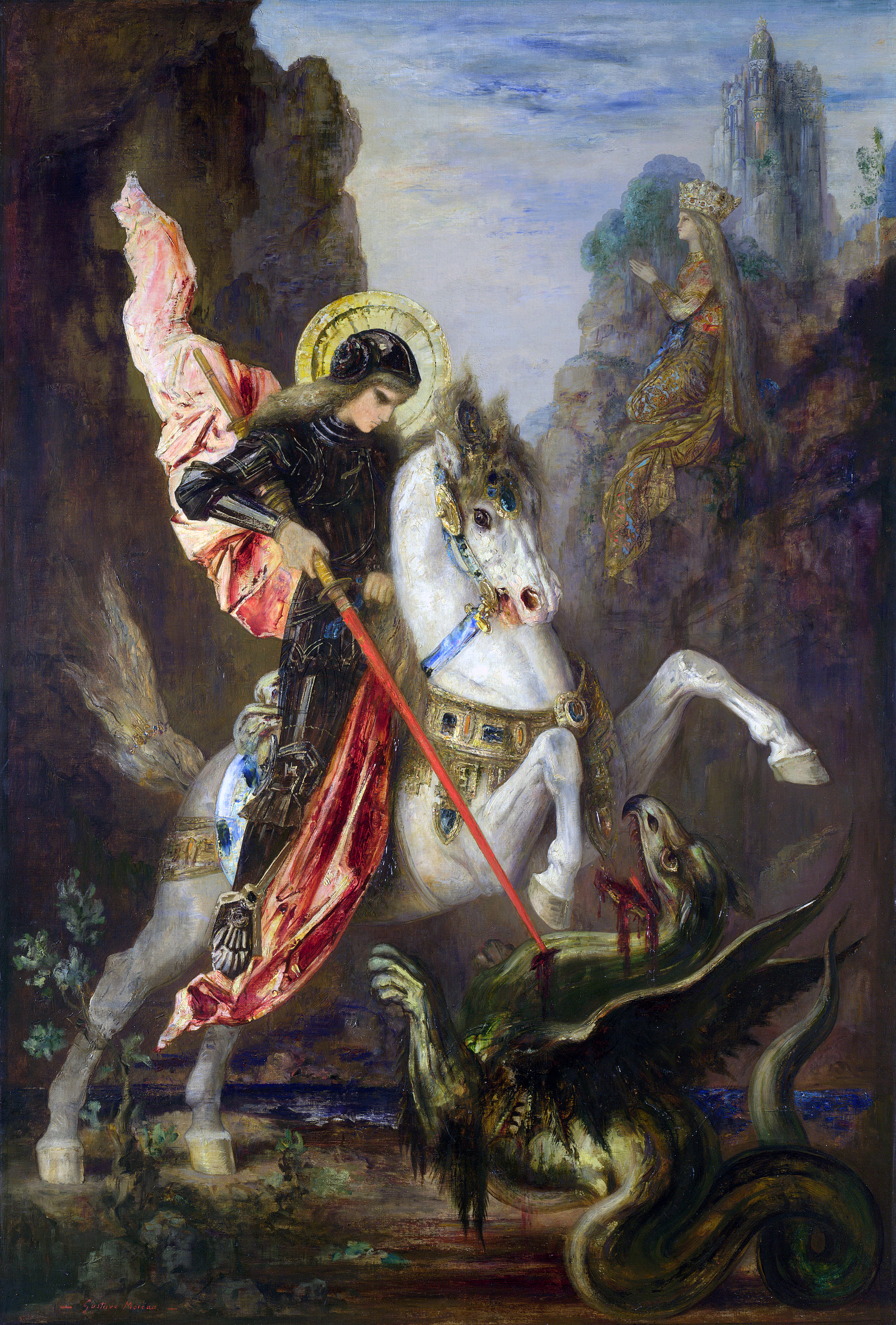|
Pact Ink
In occultism, pact ink is the specially prepared ink that a contract with the devil must be written in, otherwise the contract is invalid. Various recipes exist. Detailed instructions are rare. The basic recipe is the same as that for Iron gall ink. Recipes A 14th century recipe for "Pact Ink for Devils and Spirits" is: * Gall nuts - *Roman Vitriol or Green Copperas (ferrous sulfate) - * Rock alum - *Gum arabic - Arthur Edward Waite Arthur Edward Waite (2 October 1857 – 19 May 1942) was a British poet and scholarly mystic who wrote extensively on occult and esoteric matters, and was the co-creator of the Rider–Waite tarot deck (also called the Rider–Waite–Smith o ...'s ''Book of Black Magic'' gives a similar recipe, but saying to include ''either'' rock alum or gum arabic, and including directions. References {{DEFAULTSORT:Pact Ink Contract law Christian mythology European witchcraft ... [...More Info...] [...Related Items...] OR: [Wikipedia] [Google] [Baidu] |
Deal With The Devil
A deal with the Devil (also called a Faustian bargain or Mephistophelian bargain) is a cultural motif exemplified by the legend of Faust and the figure of Mephistopheles, as well as being elemental to many Christian traditions. According to traditional Christian belief about witchcraft, the pact is between a person and the Devil or another demon, trading a soul for diabolical favours, which vary by the tale, but tend to include youth, knowledge, wealth, fame and power. It was also believed that some people made this type of pact just as a sign of recognising the minion as their master, in exchange for nothing. The bargain is a dangerous one, as the price of the Fiend's service is the wagerer's soul. The tale may have a moralising end, with eternal damnation for the foolhardy venturer. Conversely, it may have a comic twist, in which a wily peasant outwits the devil, characteristically on a technical point. The person making the pact sometimes tries to outwit the devil, but ... [...More Info...] [...Related Items...] OR: [Wikipedia] [Google] [Baidu] |
Iron Gall Ink
Iron gall ink (also known as common ink, standard ink, oak gall ink or iron gall nut ink) is a purple-black or brown-black ink made from iron salts and tannic acids from vegetable sources. It was the standard ink formulation used in Europe for the 1400-year period between the 5th and 19th centuries, remained in widespread use well into the 20th century, and is still sold today. Preparation and use The ink was traditionally prepared by adding some iron(II) sulfate ( Fe S O4) to a solution of tannic acid, but any iron ion donor can be used. The gallotannic acid was usually extracted from oak galls or galls of other trees, hence the name. Fermentation or hydrolysis of the extract releases glucose and gallic acid, which yields a darker purple-black ink, due to the formation of iron gallate. The fermented extract was combined with the iron(II) sulfate. After filtering, the resulting pale-grey solution had a binder added to it (most commonly gum arabic) and was used to write o ... [...More Info...] [...Related Items...] OR: [Wikipedia] [Google] [Baidu] |
Gall
Galls (from the Latin , 'oak-apple') or ''cecidia'' (from the Greek , anything gushing out) are a kind of swelling growth on the external Tissue (biology), tissues of plants, fungi, or animals. Plant galls are abnormal outgrowths of plant tissues, similar to benign tumors or warts in animals. They can be caused by various parasites, from viruses, fungi and bacteria, to other plants, insects and mites. Plant galls are often highly organized structures so that the cause of the gall can often be determined without the actual agent being identified. This applies particularly to some insect and mite plant galls. The study of plant galls is known as cecidology. In human pathology, a gall is a raised sore on the skin, usually caused by chafing or rubbing. Causes of plant galls Insects and mites Insect galls are the highly distinctive plant structures formed by some Herbivore, herbivorous insects as their own microhabitats. They are plant tissue which is controlled by the insect. Gal ... [...More Info...] [...Related Items...] OR: [Wikipedia] [Google] [Baidu] |
Ferrous Sulfate
Iron(II) sulfate ( British English: iron(II) sulphate) or ferrous sulfate denotes a range of salts with the formula Fe SO4·''x''H2O. These compounds exist most commonly as the heptahydrate (''x'' = 7) but several values for x are known. The hydrated form is used medically to treat iron deficiency, and also for industrial applications. Known since ancient times as copperas and as green vitriol (vitriol is an archaic name for sulfate), the blue-green heptahydrate (hydrate with 7 molecules of water) is the most common form of this material. All the iron(II) sulfates dissolve in water to give the same aquo complex e(H2O)6sup>2+, which has octahedral molecular geometry and is paramagnetic. The name copperas dates from times when the copper(II) sulfate was known as blue copperas, and perhaps in analogy, iron(II) and zinc sulfate were known respectively as green and white copperas. It is on the World Health Organization's List of Essential Medicines. In 2020, it was t ... [...More Info...] [...Related Items...] OR: [Wikipedia] [Google] [Baidu] |
Alum
An alum () is a type of chemical compound, usually a hydrated double sulfate salt of aluminium with the general formula , where is a monovalent cation such as potassium or ammonium. By itself, "alum" often refers to potassium alum, with the formula . Other alums are named after the monovalent ion, such as sodium alum and ammonium alum. The name "alum" is also used, more generally, for salts with the same formula and structure, except that aluminium is replaced by another trivalent metal ion like chromium, and/or sulfur is replaced by another chalcogen like selenium. The most common of these analogs is chrome alum . In most industries, the name "alum" (or "papermaker's alum") is used to refer to aluminium sulfate, , which is used for most industrial flocculation (the variable is an integer whose size depends on the amount of water absorbed into the alum). In medicine, "alum" may also refer to aluminium hydroxide gel used as a vaccine adjuvant. History Alum found at a ... [...More Info...] [...Related Items...] OR: [Wikipedia] [Google] [Baidu] |
Gum Arabic
Gum arabic, also known as gum sudani, acacia gum, Arabic gum, gum acacia, acacia, Senegal gum, Indian gum, and by other names, is a natural gum originally consisting of the hardened sap of two species of the ''Acacia'' tree, ''Senegalia senegal'' and '' Vachellia seyal.'' The term "gum arabic" does not legally indicate a particular botanical source, however. The gum is harvested commercially from wild trees, mostly in Sudan (80%) and throughout the Sahel, from Senegal to Somalia. The name "gum Arabic" (''al-samgh al-'arabi'') was used in the Middle East at least as early as the 9th century. Gum arabic first found its way to Europe via Arabic ports, so retained its name. Gum arabic is a complex mixture of glycoproteins and polysaccharides, predominantly polymers of arabinose and galactose. It is soluble in water, edible, and used primarily in the food industry and soft-drink industry as a stabilizer, with E number E414 (I414 in the US). Gum arabic is a key ingredient in ... [...More Info...] [...Related Items...] OR: [Wikipedia] [Google] [Baidu] |
Arthur Edward Waite
Arthur Edward Waite (2 October 1857 – 19 May 1942) was a British poet and scholarly mystic who wrote extensively on occult and esoteric matters, and was the co-creator of the Rider–Waite tarot deck (also called the Rider–Waite–Smith or Waite–Smith deck). As his biographer R. A. Gilbert described him, "Waite's name has survived because he was the first to attempt a systematic study of the history of Western occultism—viewed as a spiritual tradition rather than as aspects of protoscience or as the pathology of religion." He spent most of his life in or near London, connected to various publishing houses and editing a magazine, ''The Unknown World''. Early life and education Arthur Edward Waite was born on 2 October 1857 in Brooklyn, New York, United States, to unmarried parents. Waite's father, Capt. Charles F. Waite, died at sea when Arthur was very young, and his widowed mother, Emma Lovell, returned to her home country of England, where he was then raised. ... [...More Info...] [...Related Items...] OR: [Wikipedia] [Google] [Baidu] |
Contract Law
A contract is a legally enforceable agreement between two or more parties that creates, defines, and governs mutual rights and obligations between them. A contract typically involves the transfer of goods, services, money, or a promise to transfer any of those at a future date. In the event of a breach of contract, the injured party may seek judicial remedies such as damages or rescission. Contract law, the field of the law of obligations concerned with contracts, is based on the principle that agreements must be honoured. Contract law, like other areas of private law, varies between jurisdictions. The various systems of contract law can broadly be split between common law jurisdictions, civil law jurisdictions, and mixed law jurisdictions which combine elements of both common and civil law. Common law jurisdictions typically require contracts to include consideration in order to be valid, whereas civil and most mixed law jurisdictions solely require a meeting of the ... [...More Info...] [...Related Items...] OR: [Wikipedia] [Google] [Baidu] |
Christian Mythology
Christian mythology is the body of myths associated with Christianity. The term encompasses a broad variety of legends and narratives, especially those considered sacred narratives. Mythological themes and elements occur throughout Christian literature, including recurring myths such as ascending to a mountain, the ''axis mundi'', myths of combat, descent into the Underworld, accounts of a dying-and-rising god, a flood myth, stories about the founding of a tribe or city, and myths about great heroes (or saints) of the past, paradises, and self-sacrifice. Various authors have also used it to refer to other mythological and allegorical elements found in the Bible, such as the story of the Leviathan. The term has been applied to myths and legends from the Middle Ages, such as the story of Saint George and the Dragon, the stories of King Arthur and his Knights of the Round Table, and the legends of the ''Parsival''. Multiple commentators have classified John Milton's epic poe ... [...More Info...] [...Related Items...] OR: [Wikipedia] [Google] [Baidu] |







